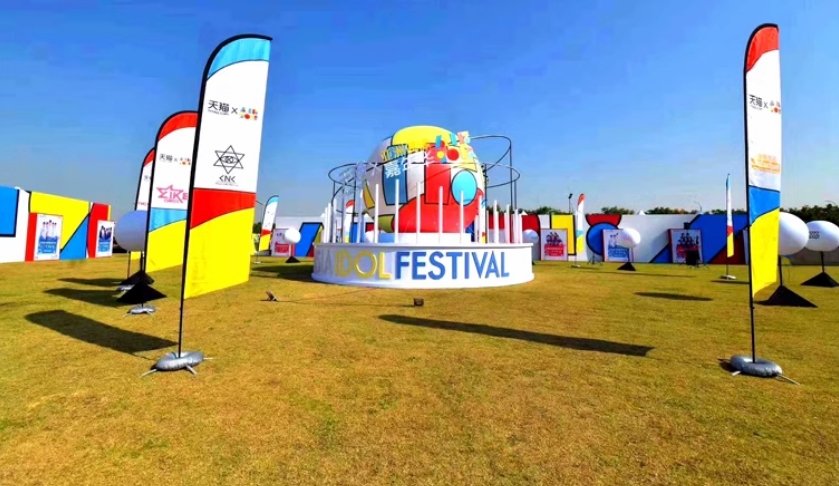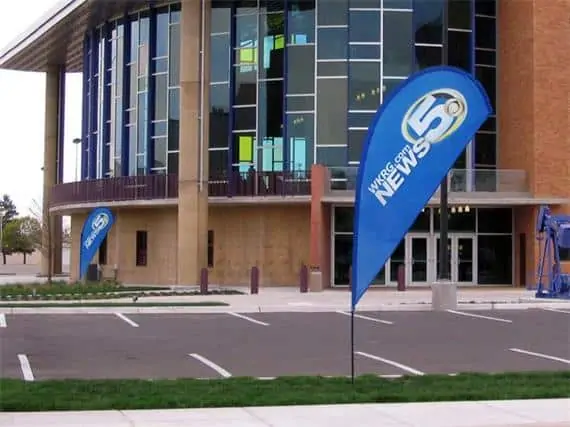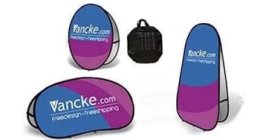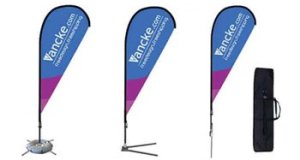[lwptoc numeration=”none”]

Colors play a significant part in setting the tone of an advertising message and properly conveying the brand message. As Henri Matisse (a French visual artist) once said,
“The main function of color should be to serve expression.”
It’s not only about picking up the right colors but also color modes; there are multiple color modes like CMYK, RGB, and PMS. Knowing the color modes’ basics and differences is vital to picking the best one for your project, whether you’re a graphic designer or getting a design.
Color modes set the way a few colors mix to create a larger range of colors and set their particular tone. They can differ in quality, appearance, and file size; one color mode may look perfect for one medium but seems dull for another medium. It may feel complicated for you to differentiate so many color modes with very thin differentiating lines. But, it’s essential to understand the basic color modes like CMYK, RGB, and PMS to play with colors and optimize your design for a chosen medium.
CMYK → Cyan, Magenta, Yellow, Black
RGB → Red, Green, and Blue
PMS → Pantone Matching System
This blog will discuss the basic color mode differentiating factors to assist you in picking up the best color mode for your chosen medium.

CMYK, RGB, or PMS | Best color mode for Printing Flags
All these color modes use the color mixing technique to create particular colors. In general, designing experts found RGB best for digital designs, while CMYK and PMS are the best fit for printing materials. We have thoroughly discussed these color modes to help you pick the best color mode for printing flags.
RGB – Red, Green, Blue
RGB uses red, green, and blue colors to blend and create a diverse color palette through an additive process. RGB color mode is designed for electronic devices; A light source in electronic devices uses RGB color mode to create particular colors for digital screen displays. You may use RGB color mode if your design has to be displayed on digital media or any indoor or outdoor digital screen.
Creating a light pigment by mixing lights of varying wavelengths refers to the Additive light mixing process. It makes white pigment when all the sunlight colors are mixed at full intensity in this process.
Whether designing a website banner or an outdoor digital advertising board, RGB should be your first choice. This color mode has the unparalleled capability to render colors precisely on the digital screen; it lets you control the vibrancy, shading, and saturation of color to get the perfect pigment on the screen.
Best use cases for RGB
One thing is obvious; the RGB color model is not for printing flags. Go for RGB if your design endpoint is a digital screen. Look at our compiled list of best RGB use cases below for clearer interpretation.
- Icons, buttons, and graphics in websites or app designing.
- Logos or ads designed for digital branding.
- Social media posts, profiles, and profile background designing
- Video, infographics, and image designing for websites or applications.
RGB Color mode formats
RGB graphics come in different file formats to meet users’ particular needs. The best four formats for RGB color mode are listed below,
- JPEG – It is one of the best RGB formats because of its normal file sizes with higher-quality graphics. And JPEG graphics generally supports most digital mediums.
- PSD – It is the native format for adobe photoshop created graphics. Unlike JPEG, PDD graphics have all the design information like layers, edit history, etc. It is generally not used to upload graphics on apps or websites; You can use this adobe source format to exchange design files for further edits during the designing process.
- PNG – This format gets us graphics with transparent background; designers use this format for images that have to get overlayed on another graphic.
- GIFs – This impressive RGB file format lets us save moving moments to create animations. You can use this file format to save a bouncing button, moving logo, or few-second video animation.
You may be thinking about a few other RGB file formats like TIFF, BMP, EPS, and PDF. But it is better to avoid these formats to get an optimized design. These RGB file formats, except those four, mentioned above, have larger file sizes and compatibility issues with most of the software, ultimately causing technical and SEO problems.
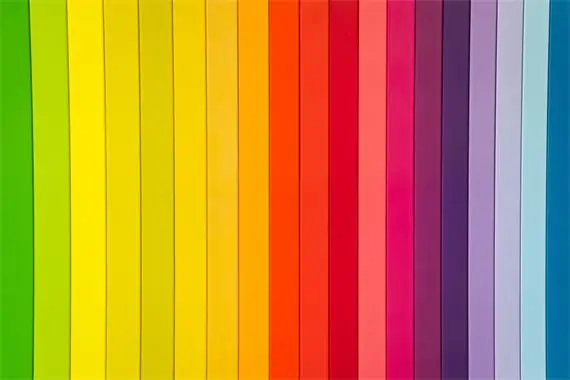
CMYK – Cyan, Magenta, Yellow, Key/Black
CMYK is a color palette for printed materials. This color mode uses a subtractive color mixing process to mix inks physically and create a particular pigment. Printers use these four colors to create a diverse range of colors; it has the great capability to make every imaginable color. That’s why CMYK color mode is also called the full-color mode. A certain percentage of these four colors are blended to create a color in CMYK mode. Increasing the percentage of any color during blending could lead to a darker view.
Subtractive coloring refers to mixing physical inks/paints to produce a particular pigment. This process creates black color by mixing up all the colors.
Certain RGB colors we see on digital screens can’t be achieved on printed materials because of the on-screen reflection and absence of that pigments in the CYMK palette. That makes CMYK color mode the best choice for printed materials, including advertising flags instead of RGB.
Best use cases for CMYK
You may go with CMYK color mode if your design has to get physically printed on any medium from paper, card, to cloth. Let’s have a look at the enlisted CMYK best use cases,
You may go with CMYK color mode if your design has to get physically printed on any medium from paper, card, to cloth. Let’s have a look at the enlisted CMYK best use cases,
- Printed branding materials’ designs from stationery, business cards, stickers, signs, and storefronts.
- Physical advertising materials design, including billboards, brochures, custom banners, flags, posters, flyers, and vehicle wraps.
- Merchandising product designs like t-shirts, hats, pens, mugs, etc.
- Restaurant menus and customized product packaging designs.
CMYK color mode formats
Let’s have a look at the three best file formats to save CMYK artwork,
- PDF – It is the ideal file format for CMYK artworks because of its unparalleled compatibility with most software.
- AI – It’s a basic source file for Adobe illustrator CMYK artwork; You must use this format to save the CMYK original files. This file format is editable and has all the design information.
- EPS – It’s an incredible alternative to AI file format; You may use EPS to increase the file compatibility with other vector programs.
All three formats are best to meet varying needs; it’s better to contact your flags banner printing company to ask for the recommended format. It will let you avoid any inconvenience in the future. But, if you have not finalized your flags printer yet, choose AI or EPS format to create an optimized design.
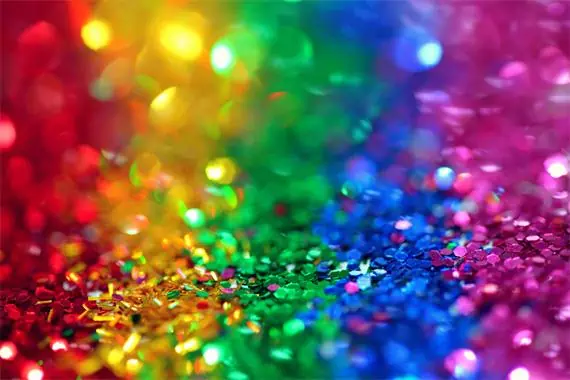
PMS – Pantone Matching System
Pantone matching system, the name itself renders the features. It used the matching process to regenerate the pigments like already printed ones. It can be your best choice to achieve printed color consistency; PMS is capable enough to get 100% similar colors every time without an inch of doubt.
Pantone originally developed PMS, but it became a standard system for most ink manufacturers with time. A thin difference in the working techniques of PMS and CMYK makes PMS superior to CMYK for achieving consistency. CMYK mixes dots of inks (which can’t be seen with the naked eye) while printing. In contrast, PMS blended the inks long before initiating the printing process. It enables you to get the perfect colors and meet your expectations.
Best use cases for PMS
PMS was designed to achieve consistency in printed colors; You may choose the PMS option for the designs that may have to get published on paper, card, or cloth. Let’s have a look at PMS best use cases enlisted below,
- Logos, branding material, and national flags need color consistency and should get designed in PMS.
- PMS can be your best choice for certain colors like grey, navy blue, and orange color designs.
- For printing smaller-sized texts without blurry color auras.
- It can be your best choice for monochromatic design printing.
Final Words | When to choose CMYK, RGB or PMS for printing Flag Colours?
We have thoroughly discussed the RGB, CMYK, and PMS color systems to find the best option for the printed flags. CMYK and PMS are the best options for printing flags, while RGB can be your ideal choice for digital designs.
But which is the best choice for printing flag banners from CMYK and PMS color systems? Well, Go with CMYK for printed flag banner designs as it can print a wider range of colors than PMS. In contrast, PMS can’t print as many colors as CMYK can. And it will increase the printing cost with the increasing number of colors in your design because of expensive Pantone colors.

